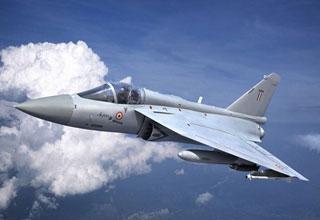
Light Combat Aircraft (LCA), Tejas
NEW DELHI (PTI): Facing flak for time slippages in Light Combat Aircraft (LCA) Tejas programme, DRDO chief V K Saraswat has attributed the delay to "setbacks" caused by international sanctions and inadequate development of aerospace industry in the country.
Saraswat, who retired on Friday, contended that the DRDO had to start from "scratch" to indigenously develop the fighter aircraft as the manufacturing base in the country was non-existent.
He said these issues have now been addressed to a large extent and other versions of the combat aircraft can be developed in a short time.
"We had to go through the rigours of development from the scratch where we had to develop the whole range of products.
This is not a problem in foreign countries where everything is available whereas we had to develop everything," he told PTI in an interview here.
The DRDO chief said this when asked to explain the delay in the LCA programme which has not fructified even nearly three decades after it was initiated.
His comments came two days after Defence Minister A K Antony criticised the "time slippages" in the project.
Saraswat noted that the project to develop a Light Combat Aircraft was initiated in early 1980s but soon after Missile Transfer Control Regime (MTCR) came into effect in 1988.
"All suppliers cancelled their agreements and European firms also stopped cooperation. When such a situation occurred, we had to do everything ourselves. This was a major setback," said Saraswat, who also held the post of Scientific Advisor to the Defence Minister.
This situation continued from 1980 till 2000 when the first aircraft was rolled out, he said.
"Time was taken to overcome the blocks created by MTCR. This is the reason for the longer time taken," he said.
The DRDO chief said LCA was the first programme wherein a fighter plane had to be completely designed and developed indigenously in the country, a departure from the practice of manufacturing fighters of other countries under licence.
"We did not have any industrial base for avionics, for material. When we wanted to do LCA, there was a lacuna in the whole system," Saraswat said.
He said this was because indigenous development of a fighter aircraft was never under consideration till 1980 and as a result of which the manufacturing base could not be created unlike other countries.
Saraswat noted the policy pursued till then was to buy fighters off the shelf or manufacture them under licence from countries like USSR.
After the collapse of USSR, India faced tremendous problems in getting spare parts.
Talking about the LCA project, he said, "We have built all the systems for the LCA today but that resulted in extra money and extra time. That is not the inefficiency of the scientists or the management failure. It is basically bridging the technology gap and learning how large systems are done."
He said the DRDO and the HAL have addressed a number of problems found in the aircraft during its Initial Operational Clearance-I at Bangalore in 2001 and expressed hope that the aircraft would get its IOC-II by the end of this year.
The LCA is expected to cost around Rs 200 crore per piece, which will still be much less than a foreign fighter of the same class, Saraswat said.
He said a big push was given under his tenure for the large scale production of the aircraft at the HAL facilities in Bangalore.
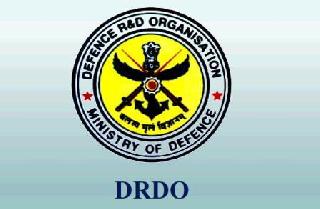 Previous Article
Previous Article Next Article
Next Article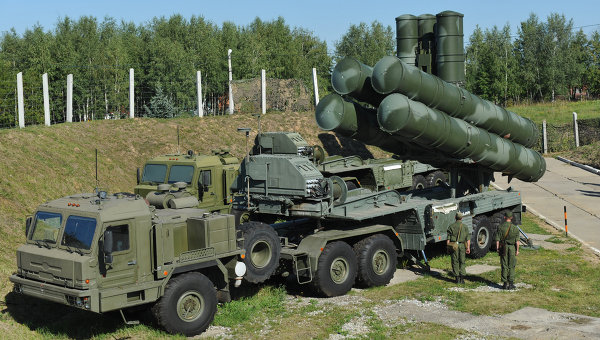
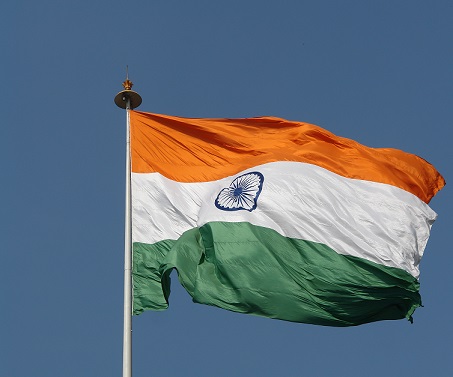
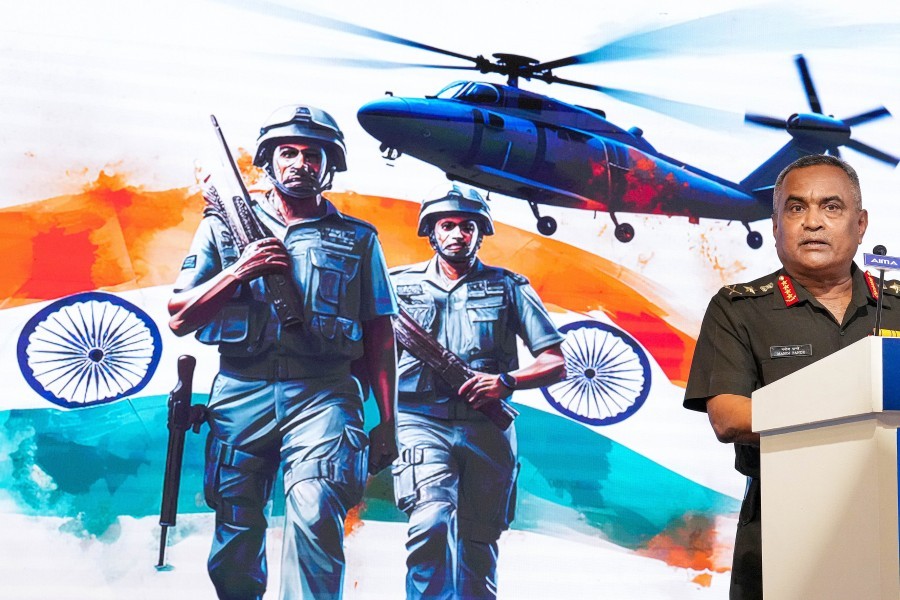
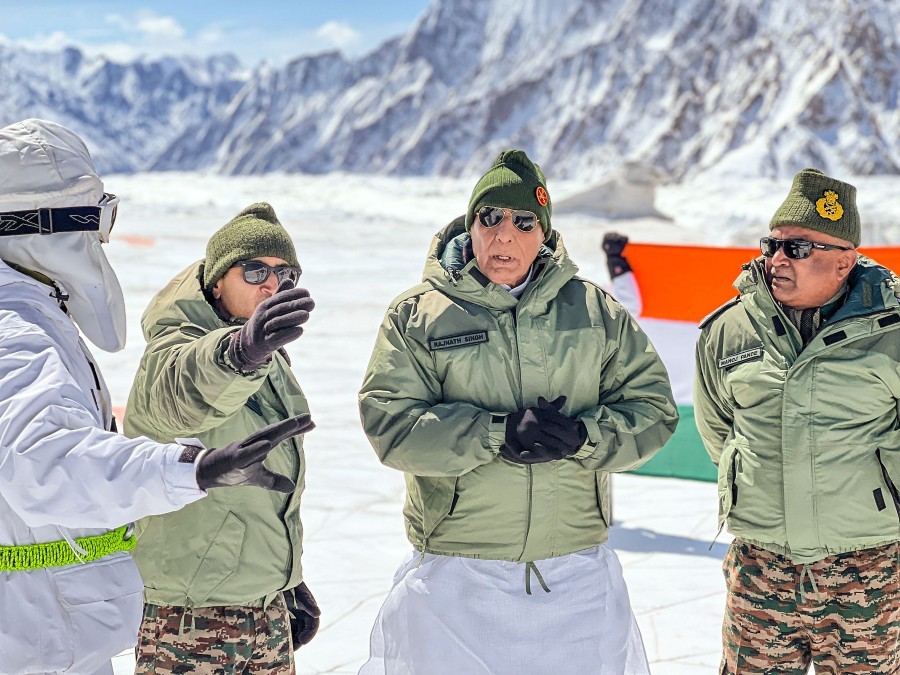
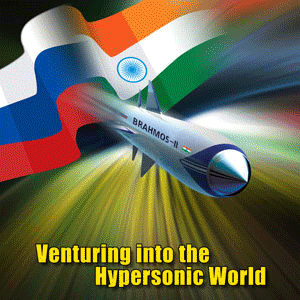
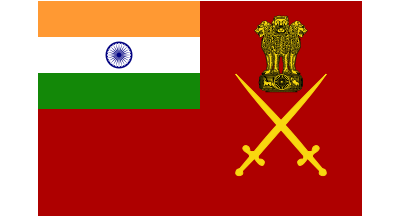
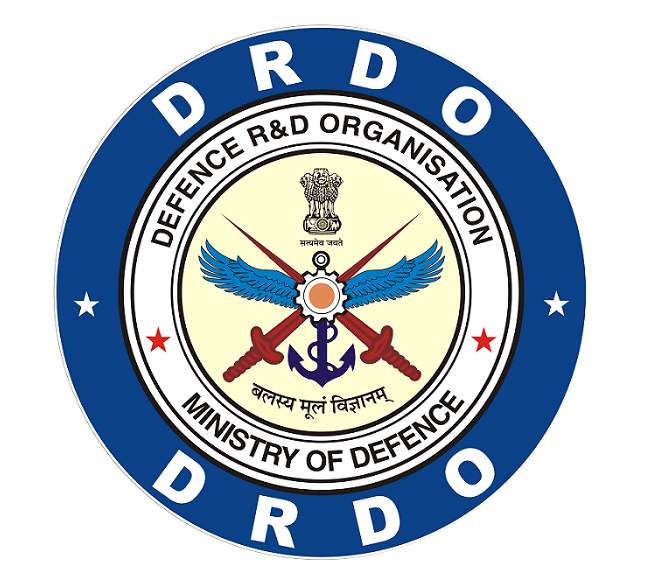
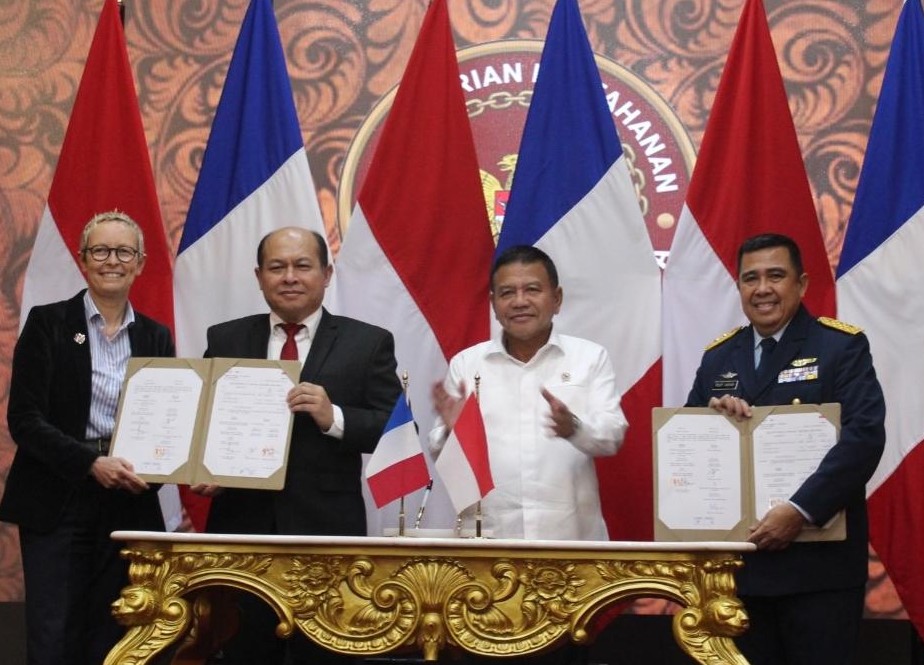
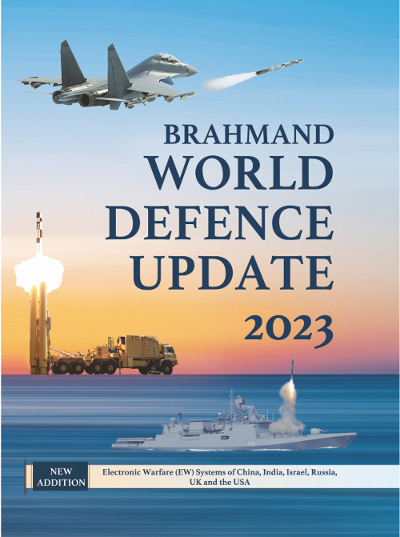




The Indian Air Force, in its flight trials evaluation report submitted before the Defence Ministry l..
view articleAn insight into the Medium Multi-Role Combat Aircraft competition...
view articleSky enthusiasts can now spot the International Space Station (ISS) commanded by Indian-American astr..
view article